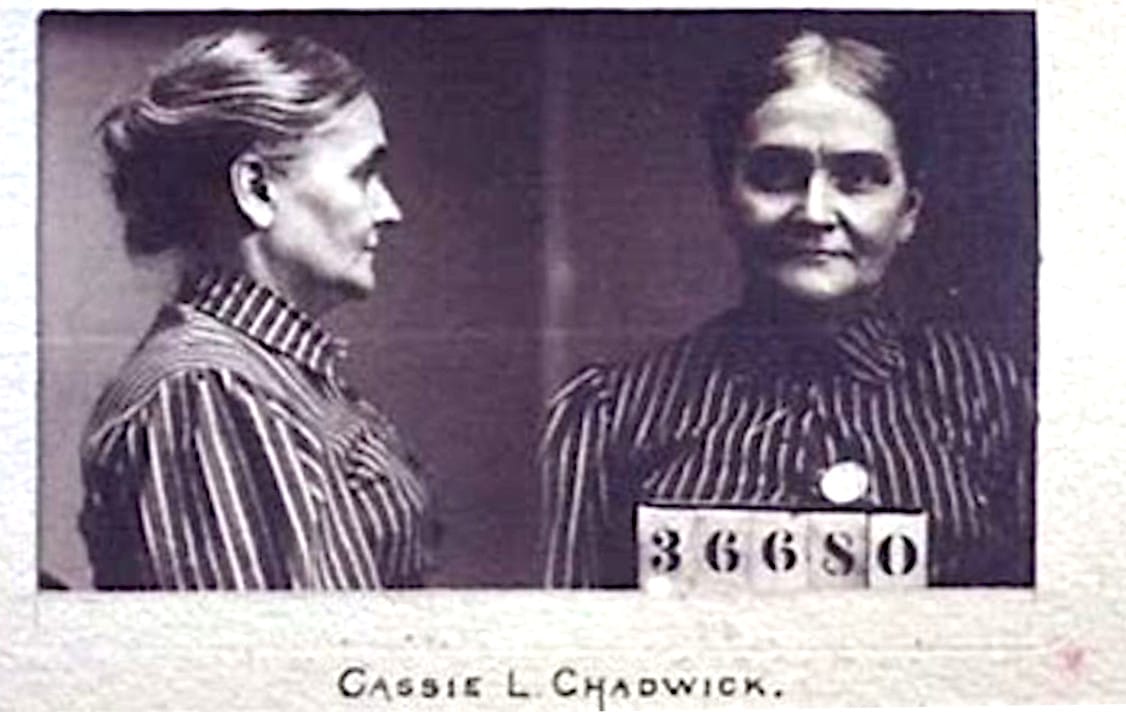
From Dan Lewis at Now I Know: “If you visited the Sanctuary of Mercy church in Borja, Spain before 2012, you would have seen a fresco painted on its walls titled “Ecce Homo” (or “Behold the Man”), a depiction of Jesus wearing a crown of thorns. Originally painted in 1930, it didn’t age well and required some restoration. Restoration, though, wasn’t in the budget; instead, that role fell to a volunteer, 80-something-year-old parishioner Cecilia Giménez. Giménez took it upon herself to touch up the fresco, aiming to bring it back to its original glory. News and pictures of the botched restoration quickly spread through the Internet, giving Ecce Homo its first taste of fame. Dubbed “Potato Jesus” because of the subject’s newfound resemblance to a tuber, the painting became a meme, inspiring many photoshopped parodies. And with that attention came visitors.”
Can a passenger hack an airplane? Ethical hacker Ken Munro has the answer

From Why Is This Interesting? “An ongoing theme in action movies and thrillers is someone hacking a plane. The question, of course, is whether that is even possible. Security specialist/hacker Ken Munro set out to answer that question. He discovered that an airplane boneyard—where retired planes go to be taken apart—was willing to accept a bit of cash in exchange for his tinkering with the innards of the plane’s computing systems. What Ken discovered was that it’s thankfully not possible to hack into a plane’s control systems via the seatback entertainment. However, he did discover a significant weakness in his research: electronic flight bags, which pilots use to calculate things like the power needed for takeoff and landing. Unfortunately, it turns out these things aren’t particularly secure: many weren’t locked down and allowed the loading of random apps.”
Note: This is a version of my personal newsletter, which I send out via Ghost, the open-source publishing platform. You can see other issues and sign up here.
Continue reading “How a botched restoration of Jesus helped a Spanish town”



:focal(2275x1560:2276x1561)/https://tf-cmsv2-smithsonianmag-media.s3.amazonaws.com/filer_public/98/42/9842d8ef-5a2d-43b2-a408-9ece9c55e4b1/img_2179.jpg)









